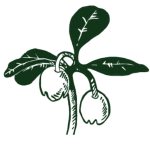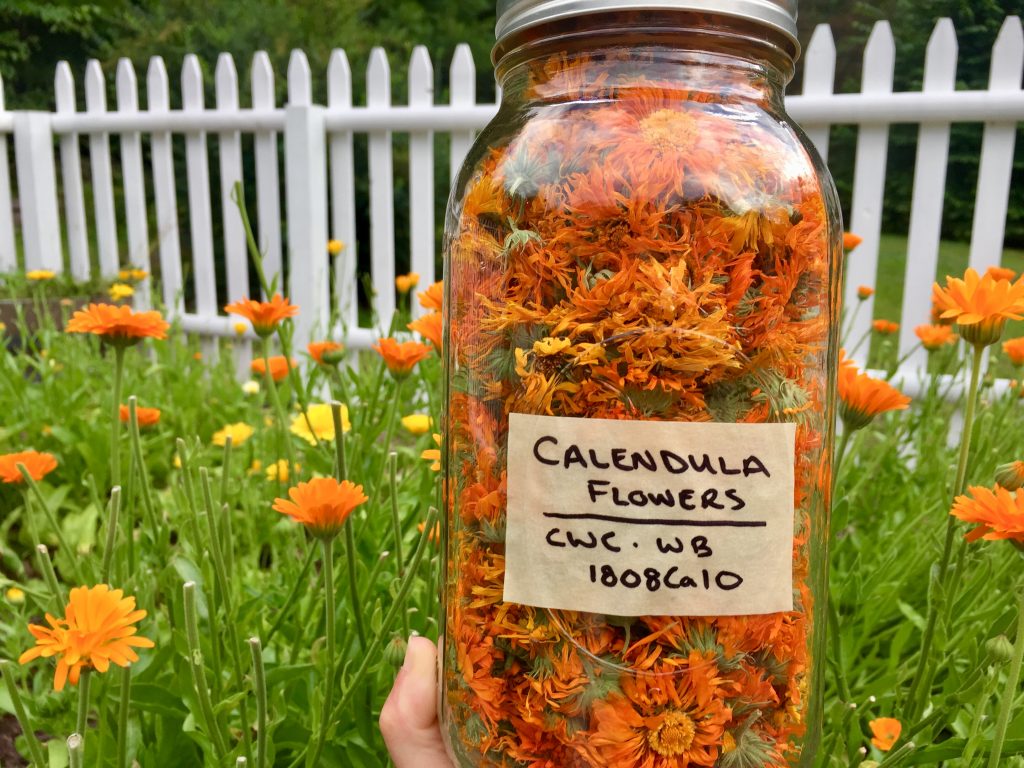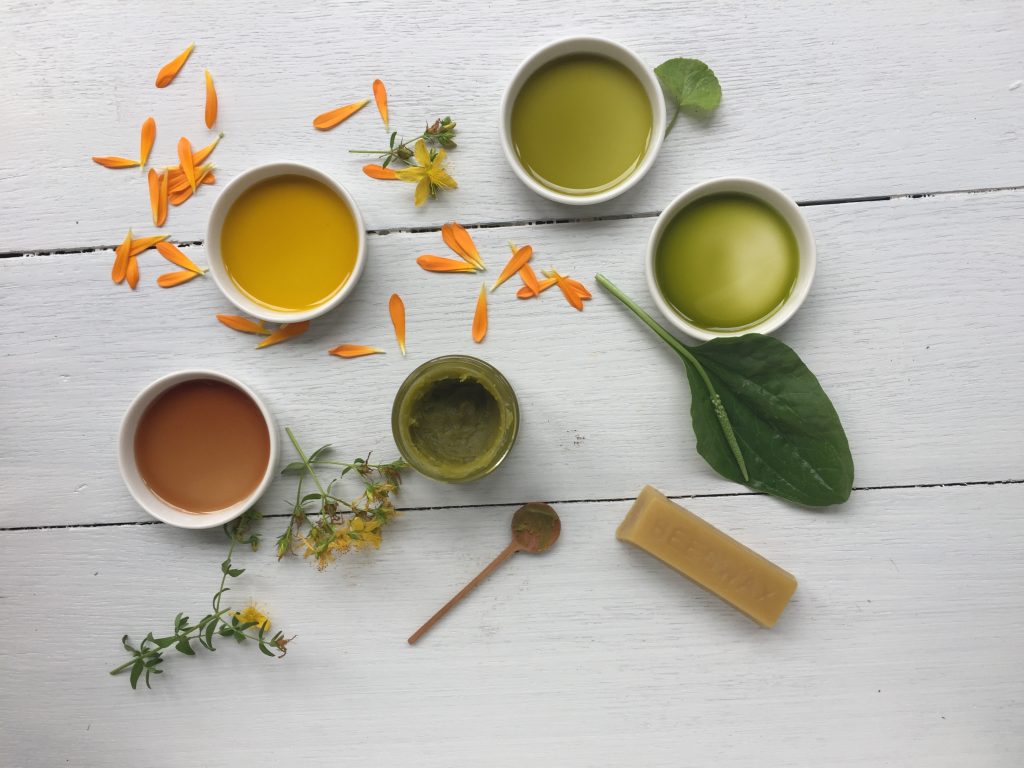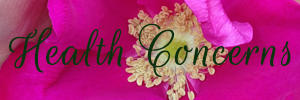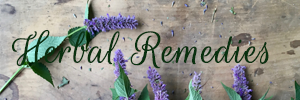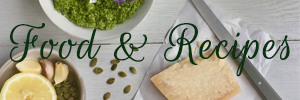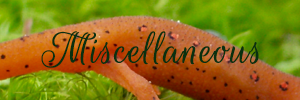Key Topical First Aid Herbs
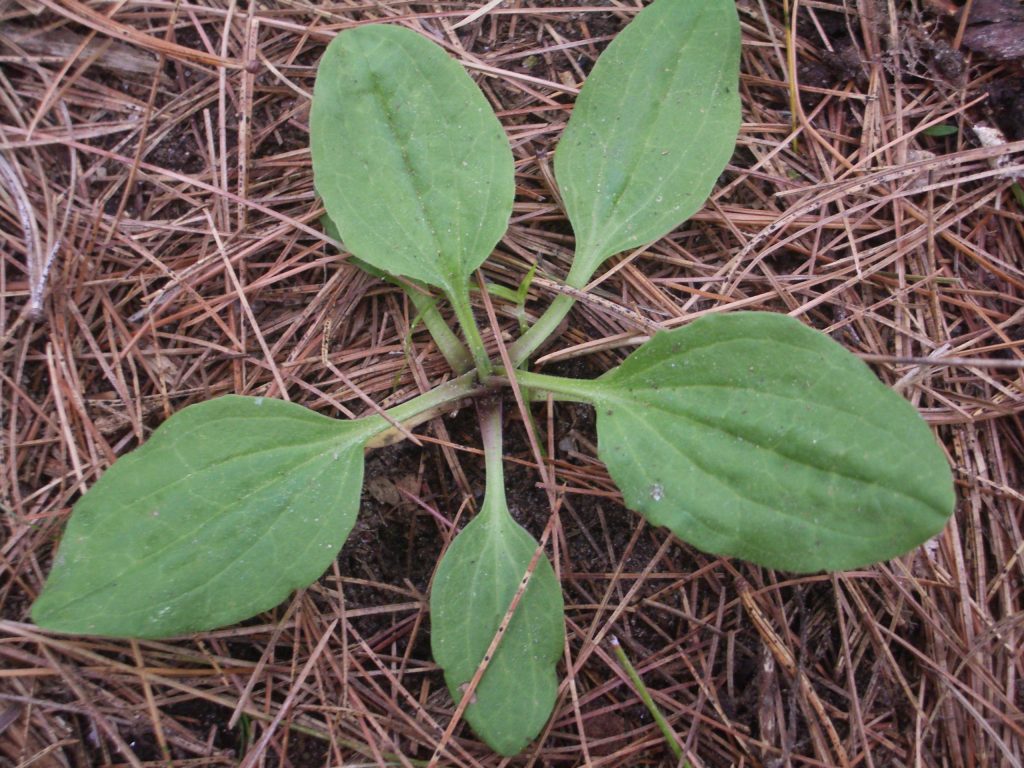
Plantain (Plantago major and other species) leaf, a ubiquitous and easily recognizable weed, is readily available in most lawns, woodland path edges, and pavement cracks. The fresh-chewed or mashed leaves can be applied directly to bug bites, bee stings, poison ivy, rashes, and splinters to quickly draw out inflammation, irritation, venom, and foreign objects.
- How to Use It: The fresh, mashed leaf poultice works best (and clean leaves store well in the fridge wrapped in a damp paper towel in a container), but plantain-infused oil, salve, vinegar or alcohol also work well. As a magnet for any biting insect, I keep a roller vial of 50/50 plantain oil and yarrow tincture in my bathroom and travel bag to shake and rub on to disinfect and quell the maddening itch.
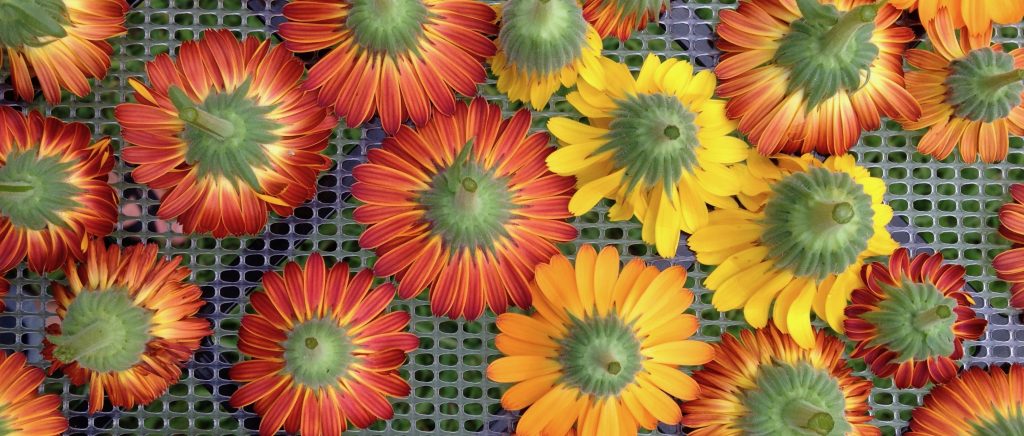
Calendula (Calendula officinalis) flowers also reduce itching and inflammation with wound-healing and mild antimicrobial activity but are more specific for general rashes, eczema, dermatitis, baby’s skin issues including diaper rash, hemorrhoids, and minor cuts and scrapes. (Plantain works better for poison ivy and bug bites, but calendula helps out in a pinch.) For conjunctivitis, try a tea compress of calendula blossoms with some salt added to make it saline and perhaps a stronger antimicrobial like organic goldenseal. As an antiseptic and healing mouthwash, use the tea or alcohol extract (diluted in water).
- How to Use It: The most popular way to use calendula for the skin is as an infused oil, applied as is or made into cream or salve. However, it’s amenable to any form: fresh, dried, tea, compress, bath, vinegar, liniment/tincture, etc. It’s excellent solo or combined with other herbs, such as lavender essential oil.
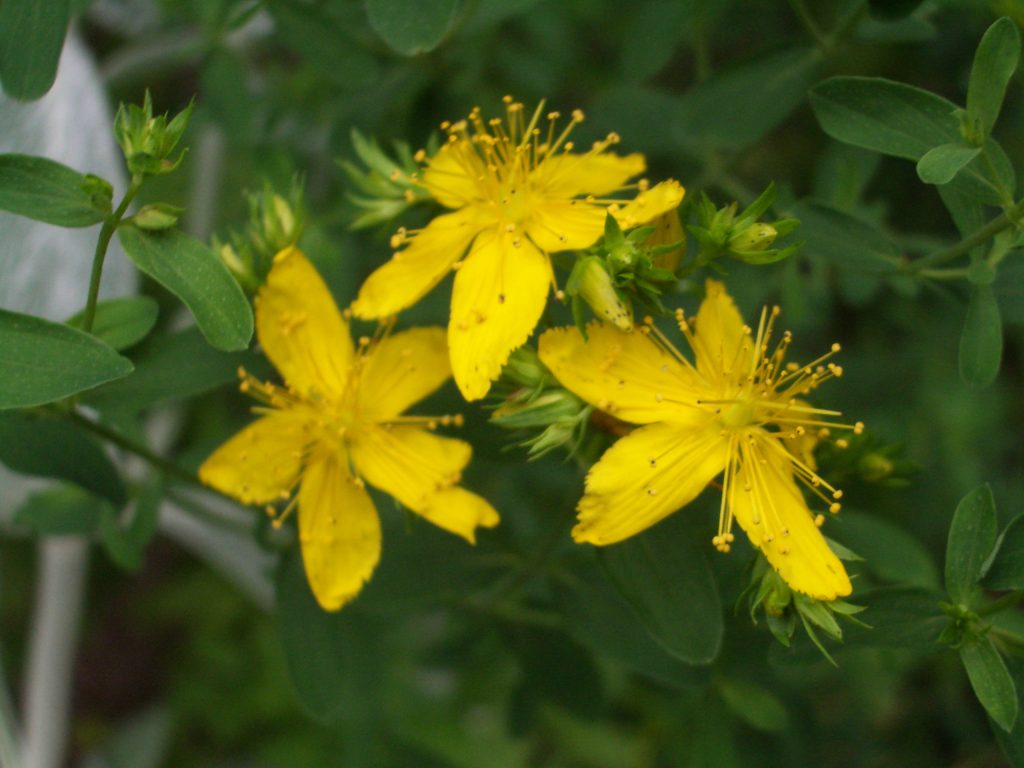
St. John’s wort (Hypericum perforatum) fresh buds and flowers turn oil and alcohol deep maroon red – a good indicator for potency. It can be applied to minor wounds and rashes much like calendula but has additional abilities to quickly ease pain (especially nerve pain) and, with long-term use, it may even improve nerve repair. Consider the oil for burns, bedsores, minor injuries, and scars. For herpes (including shingles), it not only helps limit outbreak if applied at the start but can also ease itching and irritation and promote post-infection repair. Some may find the oil sufficient as a light sunscreen.
- How to Use It: St. John’s work is vastly superior when used fresh (not dry) with the bud and blossoms (not the whole aerial plant) and should be made anew every year or so. The oil is more soothing (and can be made into salves and cream) but alcohol does an excellent job extract and preserving its properties, and the two can be combined and shaken vigorously before applying. Though taking St. John’s wort internally can interact with many medications, this is not a concern with topical use. Use it plain or with like-minded herbs like calendula, plantain, gotu kola, and lavender.
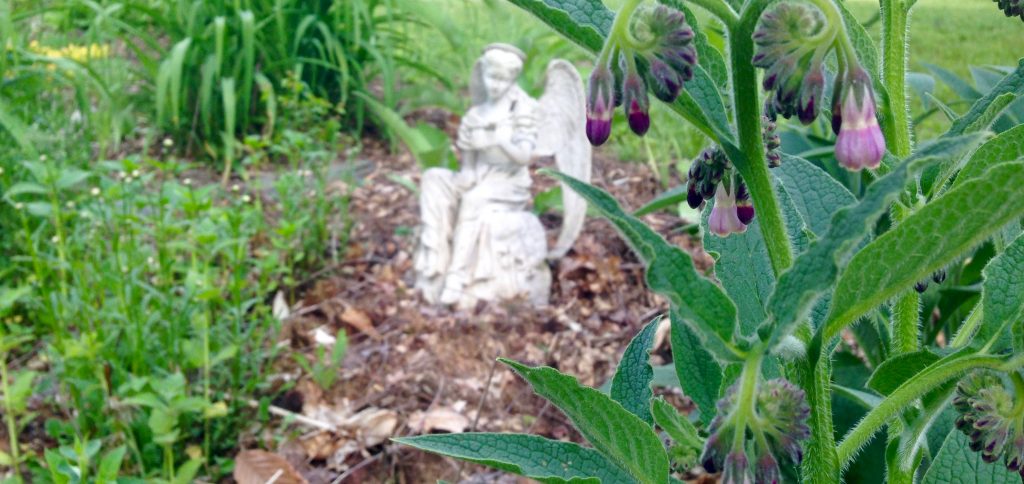
Comfrey (Symphytum officinale) leaf oil (or salve or cream) works quite well as an arnica stand-in for aches, sprains, strains, and arthritis pain. It may also speed healing when applied to a broken bone, after it’s been set properly. Though it’s amazingly fast for wound-healing, I tend to prefer other herbs in this article for this because comfrey can be too fast (and not sophisticated in skin remodeling) that it promotes scarring and can seal in infections. That said, it may promote connective tissue integrity and help work away old scars when applied regularly. Some words of warning: Comfrey contains cumulative liver-toxic pyrrolizidine alkaloids (PAs) and is best avoided internally. Although the leaves can be used as a fertilizer and compost activator, new research shows that other herbs growing near or fertilized by PA-containing plants uptake the alkaloids in potentially dangerous concentrations. Although you can absorb some PAs through the skin, the risk from topical use is minimal.
- How to Use It: Try it as an infused oil (which can be made into a salve or cream), compress, or poultice.
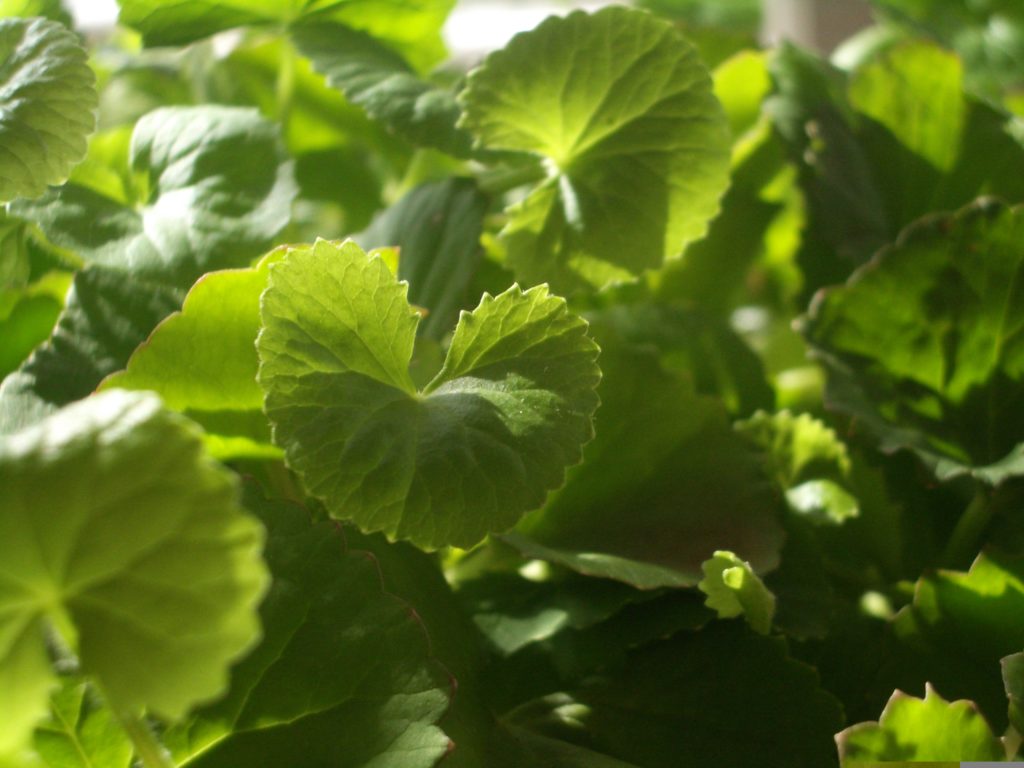
Gotu Kola (Centella asiatica) aerial parts may be more famous internally as an adaptogen, brain tonic, and for anxiety reduction, but gotu kola also offers totally different benefits when applied topically. Both immediately and long-term, when taken internally and applied topically, it supports connective tissue healing and integrity, reduces inflammation, and improves circulation and blood vessel lining. Consider it for wounds, aging skin, hemorrhoids, varicose veins and other varicosities, as a mouthwash, post-surgery, etc.
- How to Use It: Gotu kola works well in pretty much any form, including oil, cream, salve, liniment, compress, and bath. For added support, take it internally (as food, tea, or tincture) simultaneously.
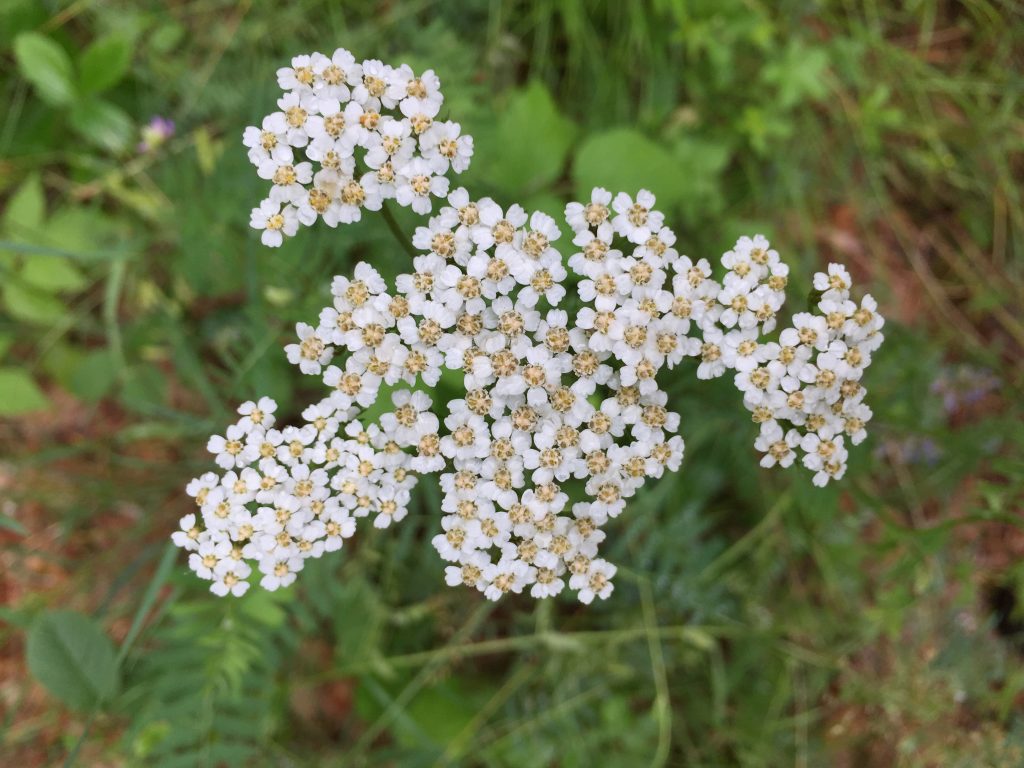
Yarrow (Achillea millefolium) leaves and flowers offer a cornucopia of healing properties inside and out. The genus name comes from the god of war Achilles, a nod to its use as a wound wort for soldiers. Yarrow fresh leaf poultice helps stop bleeding, disinfect, ease pain, and promote healing of wounds, but its uses don’t end there. It tightens and tones blood vessels and tissues while promoting circulation – making it useful for varicose veins and hemorrhoids as well as a sitz bath and mouth wash – and can also be used as an insect and tick repellent. A wash, compress, or liniment helps clean out wounds and infections, too.
- How to Use It: Fresh leaf poultice works best for wounds, but a liniment, saline tea, or compress can also be used to clean wounds. The liniment/tincture, salve, oil, or cream can also be applied topically for various uses. Spray a low-alcohol exact or tincture on for bug spray, reapplying frequently.
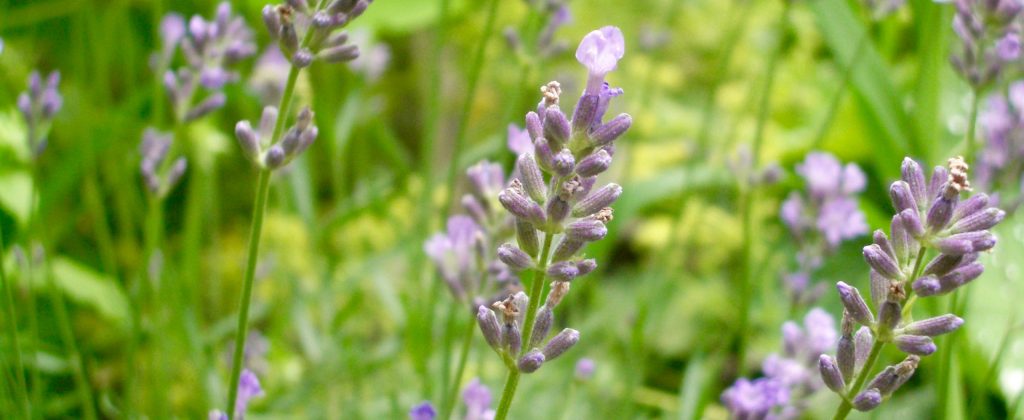
Lavender (Lavandula angstifolia) flower buds also offer modest anti-microbial activity but are most notably soothing to inflammation and irritations and also promote healing from wounds and burns. Its name comes from “lavar” or “to wash.” Almost any skin type responds well to lavender preparations.
- How to Use It: Lavender essential oil makes a superb, concentrated, easy-to-carry remedy that can be used “neat” (straight) or diluted in alcohol, oil, or other herbal preparations. Standard herbal preparations like liniments and infused oil can also be used, as well as lavender flower water or hydrosol (lightly aromatic and excellent as a gentle skin toner). I carry all-natural lavender wipes in my purse to sanitize hands, scrapes, and ease rashes in a pinch.
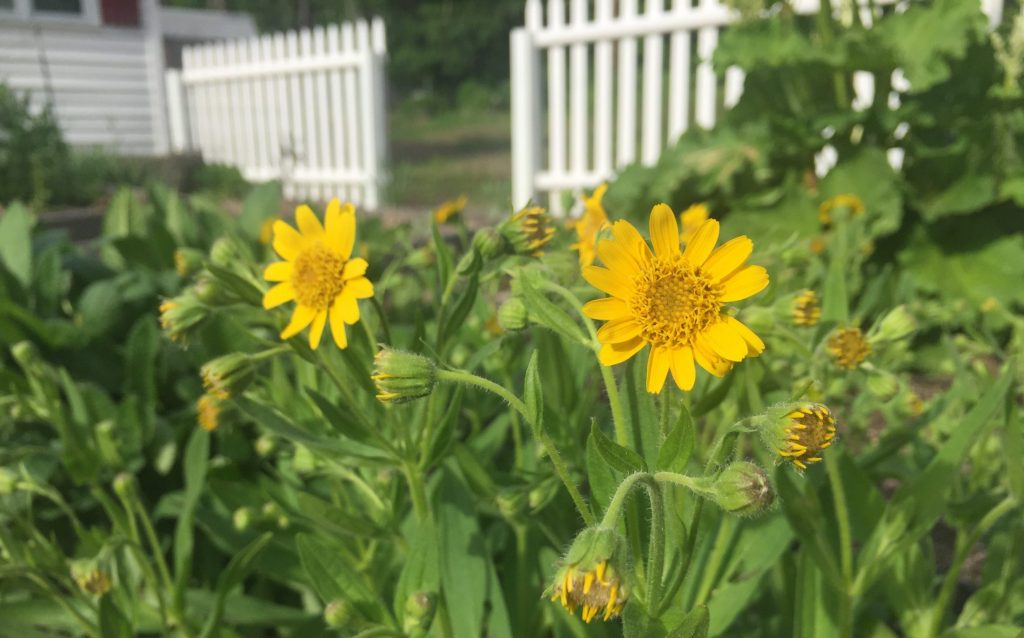
Arnica (Arnica spp.) flowers are the basis of the most popular homeopathic remedy in the country, which can be taken or applied for bruises, aches, pains, trauma, and post-surgery. We classically use A. montana, but it’s limited in its range and at risk for overharvesting. Other species can be used interchangeably, including the prolific and easy-to-cultivate A. chamissonis (shown above).
- How to Use It: Being accident-prone, I stash homeopathic arnica tubes in my kitchen, purse, and backpack, to take internally as soon as I take a tumble. Homeopathic or standard herbal oil, salve, cream, or liniment can also be applied externally to unbroken skin. Some evidence suggests that the topical herbal preparations work better than homeopathic. Fresh flowers are more potent than dried, but either can be used. Note that arnica is toxic internally in (unless in homeopathic form).
Additional Notable Herbs
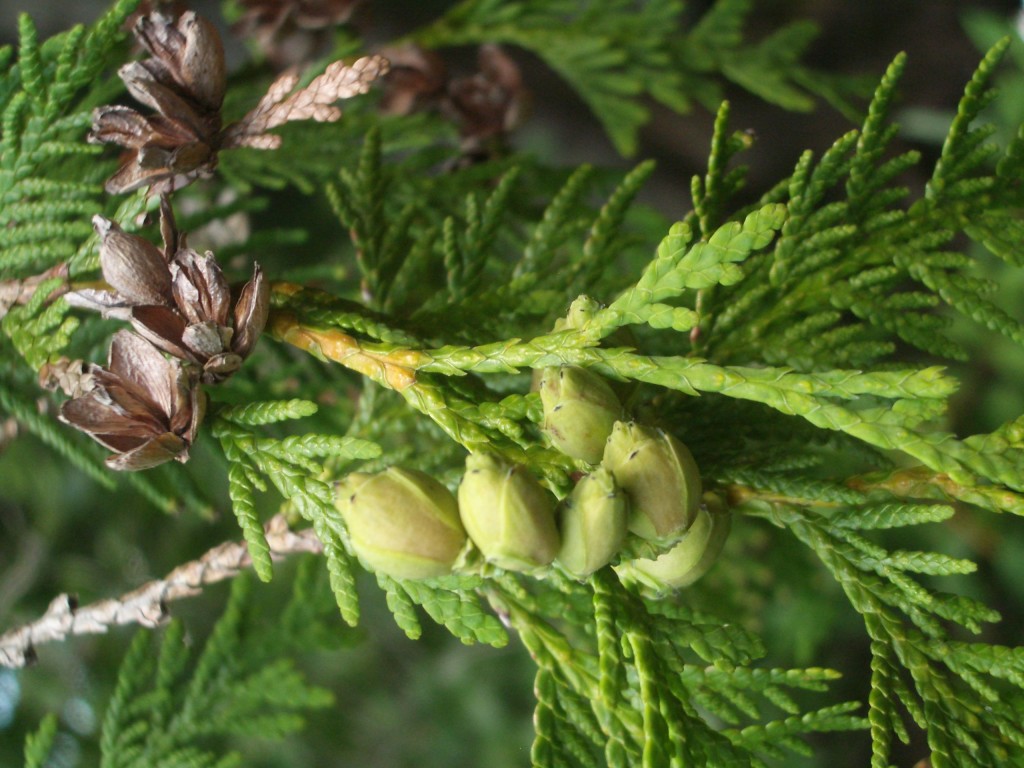
Thuja (Thuja occidentalis and T. plicata) evergreen needles, also called arborvitae and white cedar tips, works fabulously on fungal infections and other icky skin conditions and may also help with warts. Try it as an herb-infused oil, salve, liniment, topical vinegar, or homeopathic remedy. Apply at least two times per day for at least a few weeks after the infection clears -fungus has a way of creeping back. Internal use is generally not recommended except in drop doses or homeopathically.
Chaparral (Larrea tridentata) leaves, also called creosote bush, can be used much like thuja for all manner of topical fungal infections as well as for herpes. A potent antioxidant herb, it can also be applied to sunburns and as a light sunscreen. Like yarrow, it’s a fabulous wound-wort, speeding healing and disinfecting with minimal scarring. Colonies of chaparral grow throughout the southwestern desert, and the leaves are available commercially. Try it as an herb-infused oil, salve, wash, poultice, compress, or liniment. Internal use is not recommended.
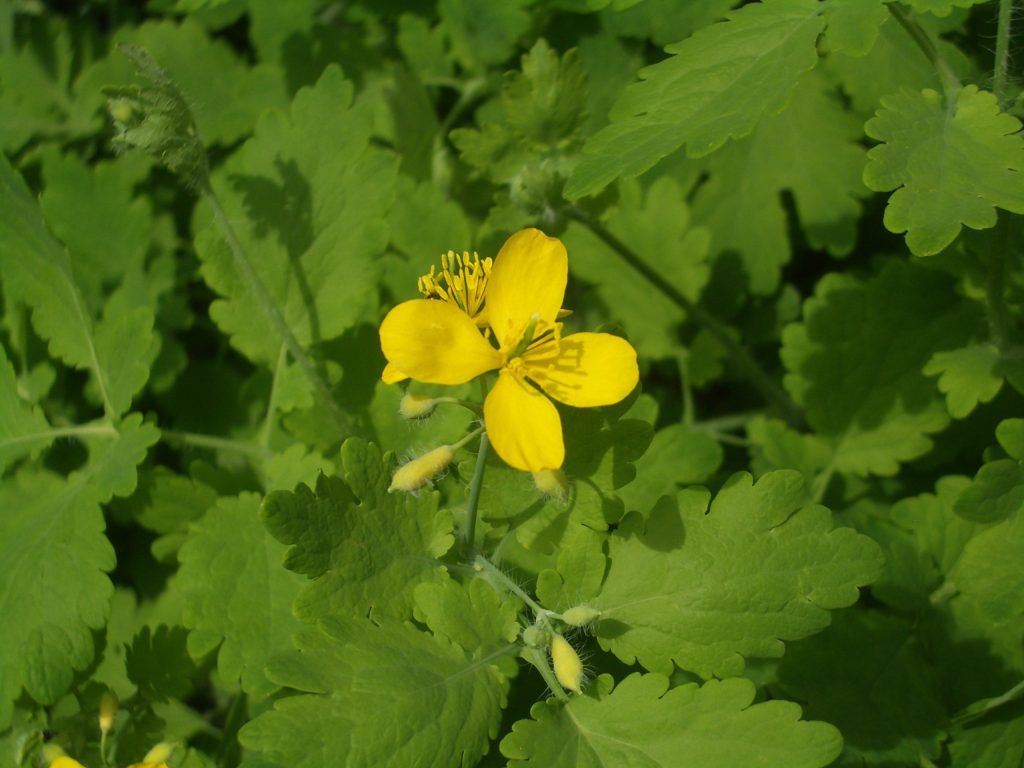
Celandine (Chelidonium majus) fresh leaf poultice works better than anything to remove warts quickly. This common weed in the poppy family exudes a yellow-orange latex when cut. Apply the mashed fresh leaves to the area under a bandage overnight (it may stain clothing, skin, and surfaces). Usually the wart disappears within a few applications. It’s not common commercially, though, and it’s not recommended for internal use.
Forms of Topical Remedies
Learn how to make many of these remedies via the Herbal Remedies section of my blog here
Herb-Infused Oil: Steep fresh or dried herbs in a shelf-stable oil (olive oil preferred) to extract the properties before straining. Many methods can be used. I prefer to use the alcohol-intermediary method for most herbs except St. John’s wort (fresh simple maceration works best) and calendula (any method can be used but alcohol intermediary plus heat comes out the strongest). They usually keep for approximately one year; fresh herb oils may go bad more quickly.
Salve: This is a lip-balm consistency. In a double-boiler, melt and combine 1 ounce of beeswax per 4 ounces of herb-infused oil. Remove from heat and stir in any other ingredient (like 10-20 drops of essential oil). Pour into jars or tubes. This lasts six months to 1 year.
Cream: Creams combine shelf-stable oil and water-based ingredients (including alcohol extract and hydrosols). They’re versatile and sink nicely into the skin but also a bit tricky to make and keep stable. Find “Rosemary’s Perfect Cream” recipe online or see my books for directions.
Liniment: This is essentially a tincture (alcohol extract) that you apply topically. Per 1 ounce by weight of dry herb, cover with 5 ounces of 80- to 100-proof vodka or rubbing alcohol. Per 1 ounce of chopped fresh herb, use 2 ounces of alcohol. Fit to the jar so you can hold it all in, totally covered to the tippy top. Strain after 1 month. Rubbing alcohol is far less expensive but can only be used topically. Liniments are disinfecting and long-lasting (years!) but also somewhat drying and irritating to the skin. You can combine them with oils and shake vigorously before applying or add them as part of the “waters” to cream recipes.
Vinegar: Vinegar is disinfecting, less irritating to the skin, and affordable compared to alcohol. It’s also soothing for sunburns and poison ivy. Follow the liniment instructions and only use plastic caps. It will keep for at least one year.
Poultice: Mash up or chew fresh plant material and apply the wad to the affected area. Cover with a bandage if needed.
Compress/Wash: Make a strong tea to soak the affected area or dip a cloth to apply that.
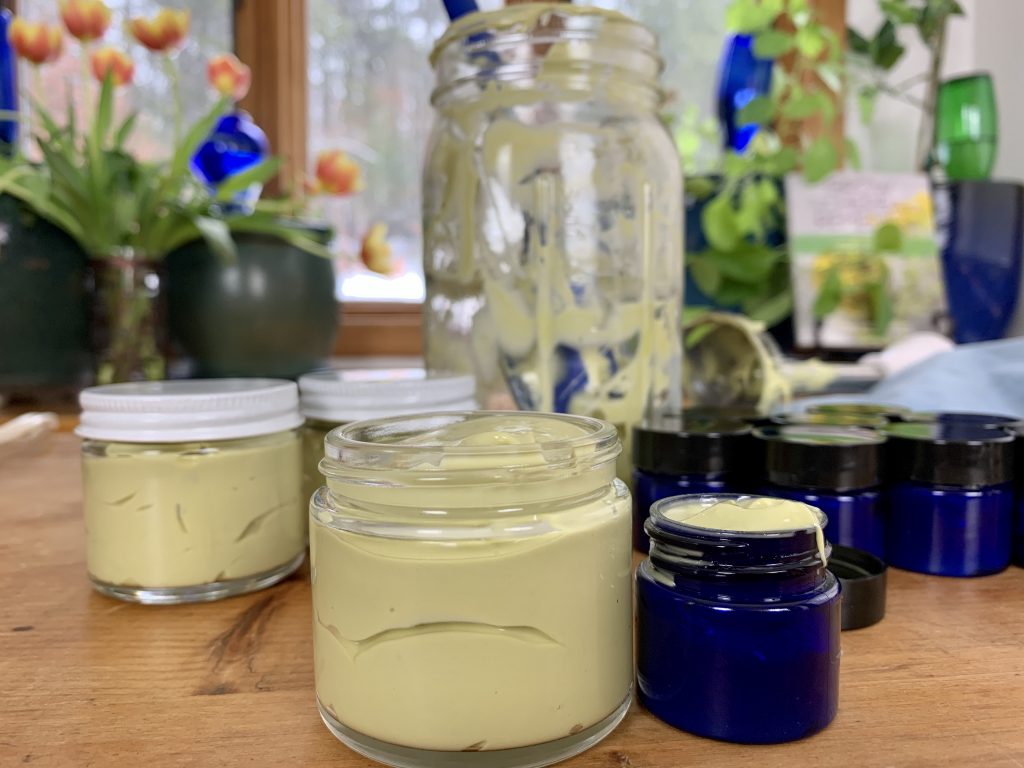
Learn More
- These topics are covered in greater detail in my books Grow Your Own Herbal Remedies and Body into Balance, available here.
- Consider taking one of my online classes or series, such as the Remedy Making Series,or check out my latest live stream and in-person classes.
- For more in-depth first aid and hardcore coverage, check out Sam Coffman’s Herbal Medic book*, classes, and YouTube channel as well as 7Song’s website, classes, and YouTube channel.
- Also see my blog on building an herbal first aid travel kit
Clinical herbalist Maria Noël Groves sees clients and teaches classes at Wintergreen Botanicals Herbal Clinic & Education Center in Allenstown, New Hampshire.
The statements made on this blog have not been evaluated by the FDA and are not intended to diagnose, prescribe, recommend, treat, cure, or offer medical advice. Please see your health care practitioner for help regarding choices and to avoid herb-drug interactions.
The article originally appeared in Herb Quarterly magazine, Fall 2019.
* This is an affiliate link. If you use this link to purchase Sam’s book, a small portion of of the proceeds will support my work at no extra cost to you.
